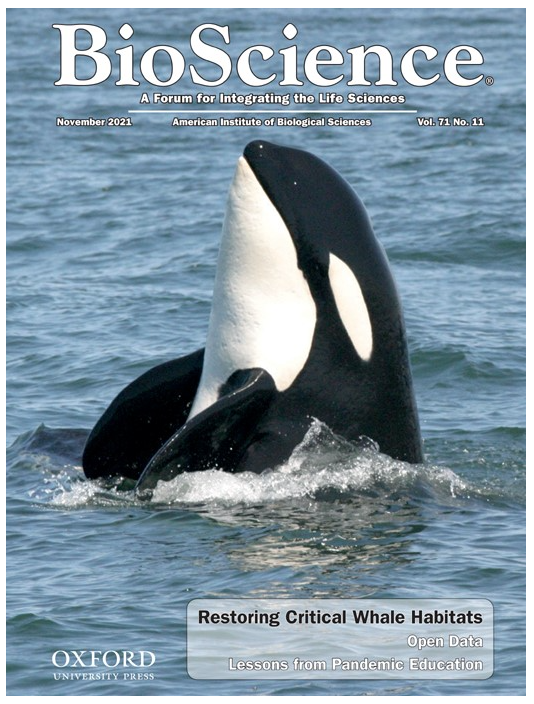Endangered species legislation in the U.S. and Canada aims to prevent extinction of species, in part by designating and protecting critical habitats essential to ensure survival and recovery. These strict laws prohibit adverse modification or destruction of critical habitat. The population dynamics of SRKWs are now driven largely by the cumulative effects of prey limitation, anthropogenic noise and disturbance, and toxic contaminants, which are all forms of habitat degradation.
It is difficult to define a single threshold beyond which permissible habitat degradation becomes unlawful destruction. In a recent paper in BioScience, with lawyers, scientists, and policy experts from Natural Resources Defense Council, Ecojustice, and the US Marine Mammal Commission, we present evidence suggesting that line may have already been crossed.

